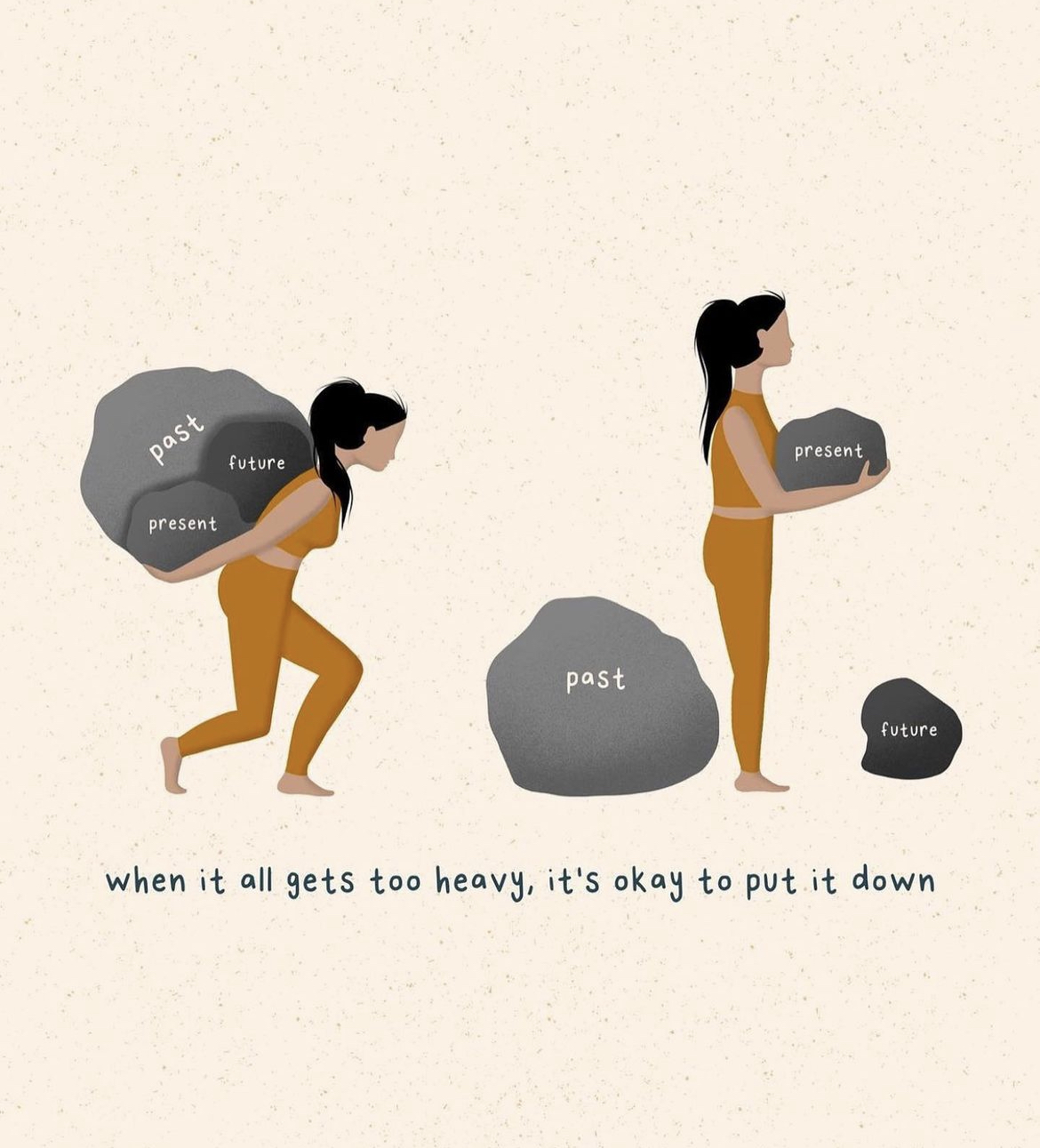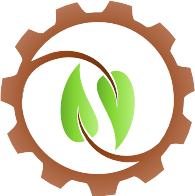
by Alissa Klugh, MS, LPC, CIMHP, CTMH, CCTP-II
Our paths to healing and understanding are uniquely different for everyone. When you are a therapist and you graduate from graduate school, you believe that you have the knowledge that you need to be helpful to others.
The thing is you only have some information and a set of skills that your college institution requires you to obtain to get your degree. The real learning happens when you get your practical experience.
I’ve been growing my knowledge, non-stop, since I graduated. Arguably, you could say that I have never really stopped learning, because I went from being a child in elementary school, to middle, to high school, straight to undergrad, and onto graduate school all within a matter of 24 years. When I was a sophomore in college, I took a class called “Health Psychology,” where I was introduced to the mind and body connection – to say I was enthralled was an understatement. I attempted to adjust my coursework in undergrad to somehow approach this concept of how the mind affects the body and vice versa. I had no idea what route my career would take, but I wanted it to include this somehow.
To me, what has mattered most has been what has happened since my graduate degree.
I’ve had a multitude of different training courses to meet the standard of practice in continuing education. I haven’t always taken this seriously – I put in the hours, but I wasn’t sure how to apply what I was learning. There were so many holes in the application of the theory that was being taught.
My own therapeutic path began when I did not even realize it: I took a training that was adopted by a mental health agency where I worked in 2009. It was called “The Sanctuary Model” and it was all about implementing a trauma-informed approach into the treatment of our clients and each other. It was a way to heal the community that is mental health.
The Sanctuary Model taught me to look at each client through a lens of “what happened to you” instead of “what is wrong with you?” – Believe it or not, this was probably the most impactful point in all of my learning history.
“What happened to you?”
While I used these techniques and community approach for many years, I wavered from what I found interesting or applicable with the particular clients with whom I would meet. I would adjust my approaches based off their needs – something that I still do today. When I would find myself drifting into other modalities of therapy, from relationship-building to working with children and their families, I would always come back to trauma informed care. It just seemed to support my clients in the ways that they needed most: with empathy, compassion, and understanding; letting them know that it was okay to experience hardships and that there was hope.
Over the last several years in my learning, I have begun to focus more heavily on how trauma impacts mental health. Throughout this understanding, I have found that, when we experience a trauma, it does not just change our mental health – it changes the functioning of our anatomy. There are countless studies that have been completed about the physical impact of trauma. - It is changing the way our bodies are wired. I couldn't help but think, "How can I help people change their physical composition?" It seemed like quite a feat. With each new training I have taken, and new book I have read (yes, that's my leisure reading material, lol), the more I have been informed about how our experiences affect our bodies, and how our bodies affect our mental health. Bringing me back to the question, “What happened to you?”
If our brains and bodies impact our minds so much, why are we looking to only our minds to heal and resolve our mental health? Don’t get me wrong, I’m all about verbally processing with my clients, but the change I have seen in my clients since I have taught them how to use their bodies in their healing: It’s not comparable.
I believe that somatic growth is one of the best ways we can impact, influence, and heal what our adverse experiences have done to our bodies; pairing this with verbal processing makes an even stronger influence. – It’s what we call top-down and bottom-up processing. Top-Down = how our minds process with thoughts, challenging beliefs, and talking through experiences; Bottom-Up = using skills that incorporate the body to provide non-verbal processing of events. Putting these two things together creates a well-rounded approach: One that has been showing me incredible results.
